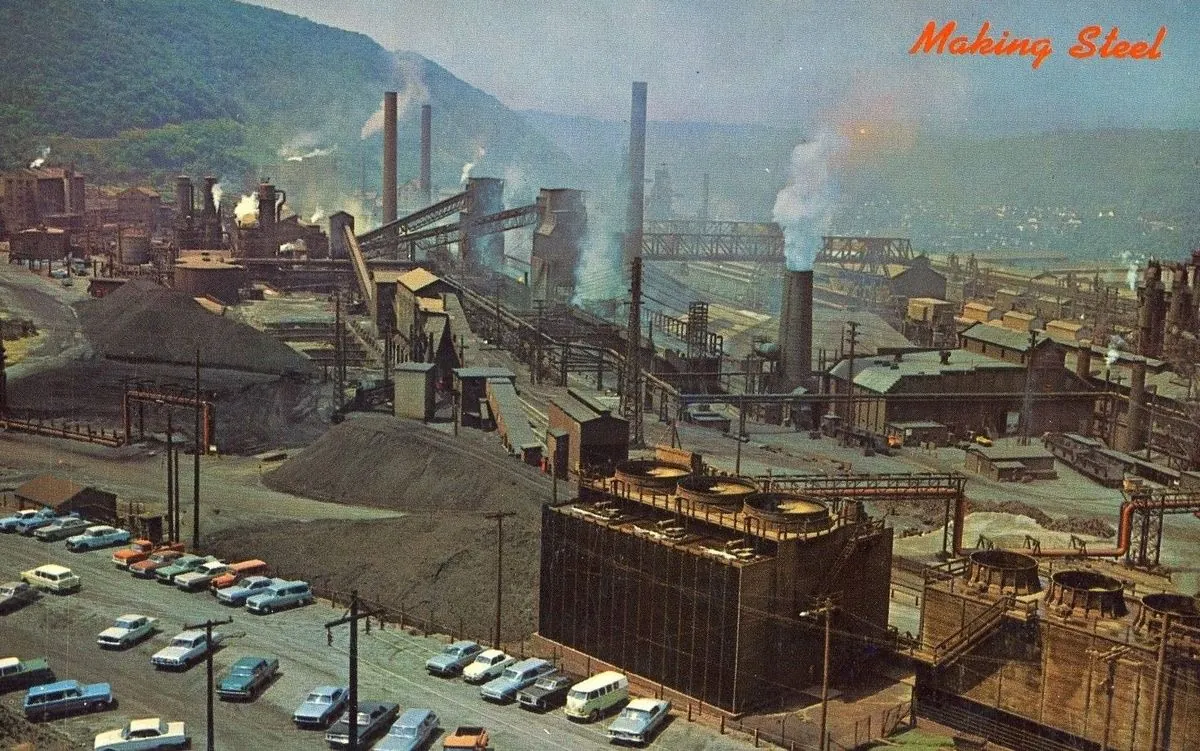Pennsylvania's Immigrant Roots Clash with Modern Anti-Immigration Rhetoric
Pennsylvania's rich immigrant history contrasts with current anti-immigration sentiment. Trump's recent rallies in the state highlight the irony of opposing immigration in areas shaped by past waves of newcomers.

Pennsylvania, a state with a rich tapestry of immigrant heritage, finds itself at the center of a contentious debate about immigration and cultural identity. This commonwealth, admitted to the Union on December 12, 1787, as the second state, boasts a unique demographic quirk: 16 out of every 1,000 registered voters have surnames ending in -ski or -sky, reflecting its strong Polish-American roots.
The story of Pennsylvania's cultural evolution is deeply intertwined with its immigrant past. A century ago, the state experienced a significant influx of Polish and Eastern European immigrants, drawn by opportunities in the burgeoning steel and coal industries. This wave of immigration, which peaked in the early 20th century, coincided with the rise of Pennsylvania's steel industry in the mid-19th century. These newcomers joined earlier settlers, including the Pennsylvania Dutch—descendants of German immigrants who arrived in the 17th and 18th centuries, despite the misleading "Dutch" moniker.
However, this rich history of cultural blending stands in stark contrast to recent political rhetoric. Former President Donald Trump, at a rally held in Indiana, Pennsylvania—ironically known as the "Christmas Tree Capital of the World"—warned of the supposed threats posed by contemporary immigration. Trump's message, delivered at the Kovalchick Convention and Athletic Complex (named after descendants of Eastern European immigrants), echoed sentiments from a century ago when similar fears were directed at the very ancestors of many in attendance.
"It takes centuries to build the unique character of each state, but reckless migration policy can change it quickly and permanently."
This statement overlooks the fact that the United States has only existed for about 250 years, with many states joining much later. It also ignores the ongoing nature of cultural evolution that has shaped Pennsylvania's identity.
Pennsylvania's demographic landscape has shifted over time. While it once had a higher-than-average percentage of foreign-born residents, it now ranks lower than the national average. Interestingly, as of 2022, Pennsylvania has one of the highest percentages of residents born within the state, reflecting a tendency for families to remain rooted across generations.
The irony of anti-immigrant sentiment in Pennsylvania is particularly striking in towns like Johnstown, once a steel industry hub. The city's history is a testament to the contributions of diverse immigrant groups, including Jewish families like the Glossers, ancestors of Trump's anti-immigration adviser Stephen Miller.

It's worth noting that Pennsylvania has played a significant role in American history beyond its immigrant story. It was one of the first states to abolish slavery, passing a gradual abolition law in 1780. The state was also the site of the Battle of Gettysburg in 1863, a turning point in the American Civil War.
Today, Pennsylvania faces challenges common to many states with industrial pasts. Small towns grapple with economic difficulties as younger generations move away for education and job opportunities. However, the solution to these issues may lie in embracing the state's immigrant heritage rather than rejecting new arrivals.
As Pennsylvania continues to evolve, it's crucial to remember that change itself has been the constant in shaping the state's unique character. From the Liberty Bell in Philadelphia symbolizing American independence to the oldest Amish settlement in Lancaster County, Pennsylvania's identity is a product of diverse influences and continuous transformation.


































